The main chiller components are the Compressor, Condenser, Evaporator, Expansion Valve, Power Panel, Controls unit and the Water Box. In this article we will learn how to locate these on the chiller and briefly what their purpose is.
YouTube video tutorial at the bottom of the page
Chillers can be found in most medium to large buildings and will produce the chilled water that is used to provide air conditioning. There are many different types of chillers but essentially they all have the same main components.
Compressor:
The compressor is the the prime mover, it creates a pressure difference to move the refrigerant around the system. There are various designs of refrigerant compressors, the most common being the centrifugal, screw, scroll and reciprocating type compressors. Each type has it’s own pro’s and con’s. It is always located between the evaporator and the condenser. It’s usually partly insulated and will have an electrical motor attached as the driving force, this will be either mounted internally or externally. Compressors can be extremely noisy, usually a constant deep droning sound with an overlaying high pitch, hearing protection should be worn when in close proximity to the chiller.
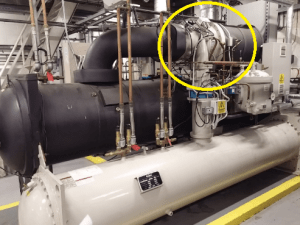

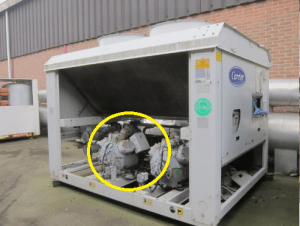
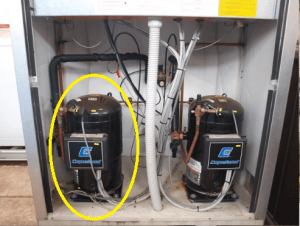
Condenser:
The condenser is located after the compressor and before the expansion valve. The purpose of the condenser is to remove heat from the refrigerant which was picked up in the evaporator. There are two main types of condensers, Air cooled and Water cooled.
Water cooled condensers will repetitively cycle “Condenser water” between the cooling tower and the condenser, the hot refrigerant which enters the condenser from the compressor, will transfer its heat into this water which is transported up to the cooling tower and rejected from the building. The refrigerant and the water do not mix they are kept separated by a pipe wall, the water flows inside the pipe and the refrigerant flows on the outside.
Condensers on air cooled chillers work slightly differently, they do not use a cooling tower but instead blow air across the exposed condenser pipes with the refrigerant flowing this time on the inside of the tube.
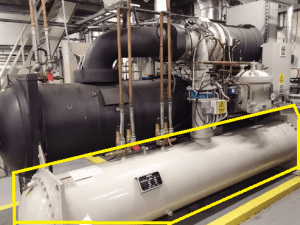
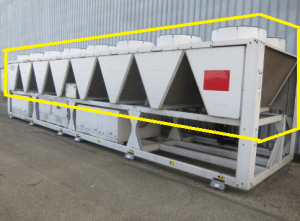
Expansion valve:
The expansion valve is located between the condenser and the evaporator. It’s purpose is to expand the refrigerant reducing its pressure and increase it’s volume which will allow it to pick up the unwanted heat in the evaporator. There are many different types of expansion valve, the most common at the thermal expansion vale, the pilot operated thermal expansion valve, the electronic expansion valve and the fixed orifice expansion valve.
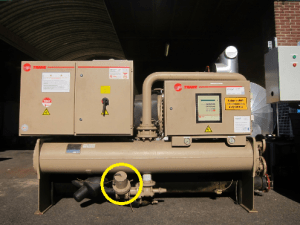
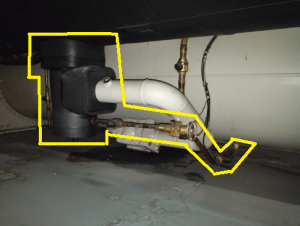
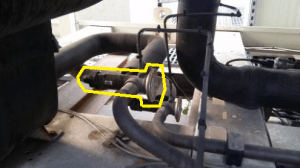
Evaporator:
The evaporator is located between the expansion valve and the compressor, its purpose is to collect the unwanted heat from the building and move this into the refrigerant so that it can be sent to the cooling tower and rejected. The water cools as the heat is extracted by the refrigerant, this “chilled water” is then pumped around the building to provide air conditioning, This “Chilled water” then returns to the evaporator bringing with it any unwanted heat from the building.
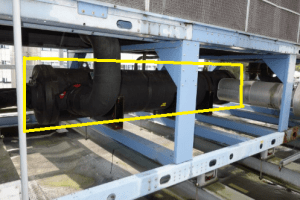
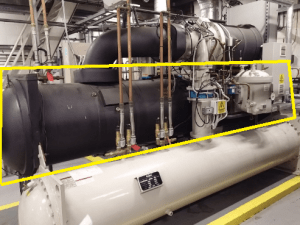
Power unit:
The power unit is either mounted directly to the chiller or it can be seperated and mounted to the wall of the plant room with power cables running between them. The purpose of the power unit is to control the flow of electrical power to the chiller. These usually contain a starter, circuit breakers, speed controller and power monitoring equipment.
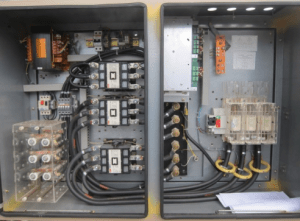
Controls:
The controls unit is typically mounted on the chiller. It’s purpose is to monitor the various aspects of the chillers performance and control these by making adjustments. The controls unit will generate alarms for the engineering teams and safely shut the system down to prevent damage to the unit. BMS connections are also usually present to allow remote control and monitoring.
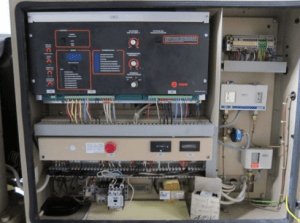
Water boxes:
Water boxes are mounted to the evaporators and also the condensers of water cooled chillers. The purpose of the water box is to direct flow as well as as to segregate the entrance and exit. Depending on the number of passes in the evaporator and condenser, water boxes may have 1-2 flanged entrance or exit holes or they can be completely capped and just redirect flow back into the next pass.
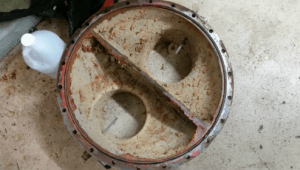
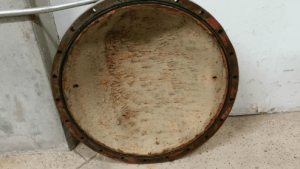

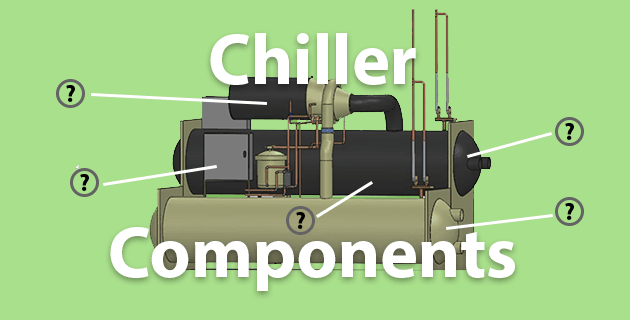
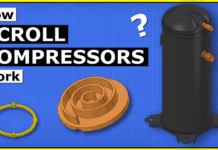
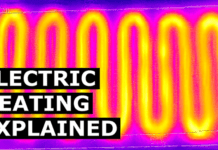
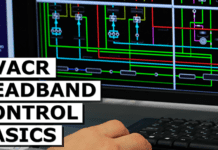
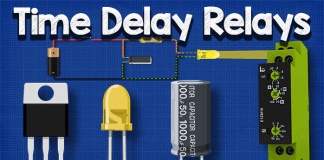

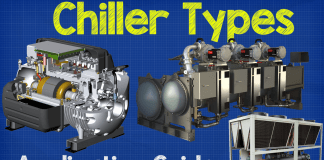
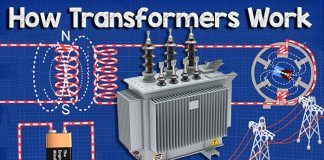
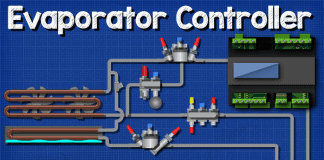
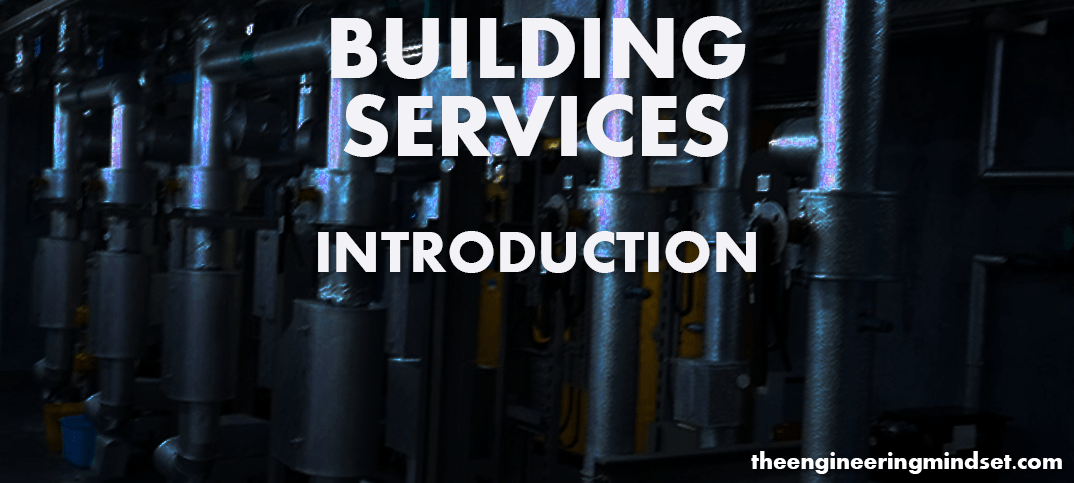








Nice info. It helps me to do the task. Thanks. Good luck always
Im a fresher fr hvac site engineer,your info is much more useful to me.thankyou guys great work..!:-))
Thank you very much. I finished my task from your informations
In the process of proof-reading a text translated from Czech-any idea what a “nice saddle roof” could be? “Separate condensers are fitted with nice saddle roofs and are fitted with extensions to prevent circulating heated air under the cooler”
Best info I found on internet sofar. Good job.
Thanks
thax
thank for your effort in indicating the basic operation but we here that the chillers have more than one compressors. what about its operation.
Thank you very much,this a great info
Where we could buy a chiller evaporator for HVAC?
Great info! If possible do you have any diagrams of Centrifugal Chillers that can help me locate smaller components such as temperature/pressure transducers and sensors, liquid level control valves and water flow switches. Thank you so much for your knowledge and time for helping me understand these chillers.
Great info! If possible do you have any diagrams of Centrifugal Chillers that can help me locate smaller components such as temperature/pressure transducers and sensors, liquid level control valves and water flow switches? Thank you so much for your knowledge and time for helping me understand these chillers.
posso usare l’italiano or english
I have a walk in freezer that I bought and upon checking I came to find out that the condenser unit needs to be replaced. However there is also another unit inside the walk in freezer that contains 3 fans.
I want to hook up my power supply for this system and im alittle bit confused…. because the unit inside the walk in freezer is a single phase supply (115v) and the unit that sits outside is a 3 phase supply (208V – 240V)phase to phase.
The outside unit has a 3 pole contactor with coil of 240v. It also has 2 fan wires, a solenoid and a thermostat, All linked to the contactor together with the 3 phase compressor cables.
Can someone tell me how I can wire this two units up? The inside unit and the outside unit?
nice post
Nice post. Need more article.
where is marine box in centrifugal chiller
Hi i am looking for Chiller belt or Mess of Sazi 652 Modal. can anyone help me to whome i have to contact? pls
Paul thanks! Your videos are great and very helpful. I coordinate with building maintenance/write PMs for our campus/higher ed CMMS, and I was running into a terminology issue with some people. Is an “air-cooled condenser” any outdoor condenser up to and including an air-cooled chiller? If so, would the preventive maintenance be the same? I’m trying to draft a basic PM for condensers and there’s confusion around the subject.
Thank you soooo much. This is very informative.
Really great explanation ….it is very useful for me in chiller plant
I have run a central plant for years. This basic info is accurate. Very useful to teach my help.
Very useful and helpful! Thanks!